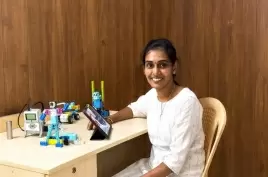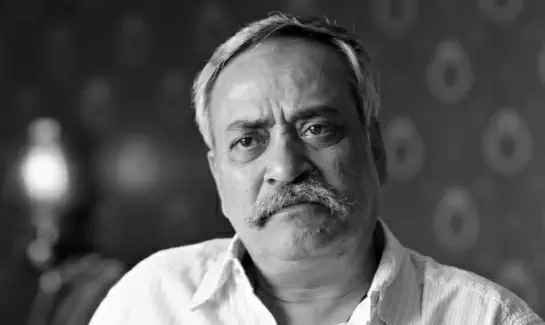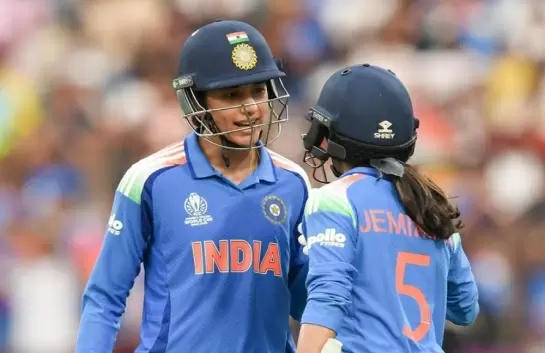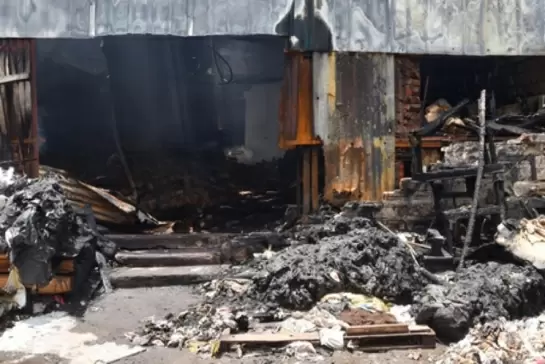A water purification method adopted by villagers has given them more than potable water
29-November-2013
Vol 4 | Issue 48
The increasing health hazards owing to the high nitrate content in the waters of the Bhima river in the flourishing sugarcane growing area here had left most of the 20,000 Mandavgan Farata villagers in Maharashtra's Pune district desperate for a cure.
When the villagers were given the option to install a sophisticated water filtration plant, they welcomed it with open arms. Now the successful initiative has sown the seeds for a natural resource management-based business.
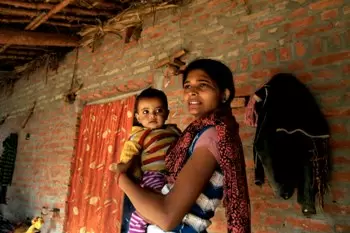 |
|
Clean drinking water from the filtration plant has been a boon to both adults and children (Photo: Indian Photo Agency – Pic for Representation Purpose only)
|
"Then science came to its rescue and flushed away the pollutants" - that is how the village panchayat chief views the introduction of a reverse osmosis-based water purification unit that changed the lives of the villagers.
"For years we had been requesting the authorities for a solution. In 2011 we organised dharnas (demonstrations) demanding clean drinking water. Finally in the same year as part of a public-private approach, we got a facility to clean the water," says Manohar Jagtap, the panchayat head, during a tour of the region organised by the German embassy.
"In the future, we can sell the clean drinking water to the neighbouring villages that also suffer from the effects of nitrate pollution due to the industrial discharge from cities," he added.
For years, newborns in this hamlet would acquire a bluish pigmentation for no apparent reason. Most adults complained of chronic stomach pain. Then, science washed away the pollutants causing the ailments and not only saved the day but also threw up a booming business.
The purification unit was set up under the Umbrella Programme on Natural Resource Management (UPNRM), India - a tie-up between the National Bank for Agriculture and Rural Development (NABARD), the German Society for International Cooperation (GIZ) and the German Development Bank (KfW).
The project has been implemented in Mandavgan Farata by Waterlife Pvt. Ltd., which approached NABARD along with the zilla parishad (district council) to jointly address the issue.
"The village panchayat provided free land to Waterlife for setting up the plant and sourcing water, while NABARD assisted with the loan arrangements (Rs. 10.8 lakh) for the setup," said V. Sundara Raman, assistant general manager, UPNRM project management unit in NABARD's Maharashtra regional office.
The unit, tucked away in a corner, daily runs through 1,000 litres of river water. It operates for five hours a day on an average on electricity and the operational hours are fixed depending on the demand for drinking water.
Maintenance is ensured by regular capacity-building sessions for the villagers by Waterlife, which also checks the purity of the water dispensed.
The potable product is sold to residents at Rs.5 per 20 litre drum. In about four to five years, the loan is expected to be paid off by the villagers and then the unit will be handed over to them, said Raman.
.webp) |
|
The water purification unit at Mandavgan Farata (Photo: IANS)
|
"We are ready to learn the basics of maintenance. Our residents are educated and seeing the fruits of the kiosk they are eager to pitch in. Members of all castes are allowed to avail themselves of the water," said Jagtap.
The project's success has led to sprouting of 17 independent water kiosks within a radius of five kilometres of the project site, with four of them operating in the village itself.
So how will Mandavgan Farata-dwellers handle the competition?
"Their water filtration technique is not as good as ours. Besides they get the water at a higher price. So once we pay off the loan and own the unit it would be profitable to sell the water at a cheaper price to other villages," school teacher Sanjay Pharate said.
For now, however, the focus is to get state-of-the-art purifiers for each household.
"There are around 200 domestic filters in individual households, but we need better technology. The proof of the unit's success lies in the fact that there has been no health issues like earlier. In fact, the pigmentation syndrome that used to affect the infants due to nitrate content has also stopped," said Manjusha Satputhe, the chief medical officer of the village. - IANS



